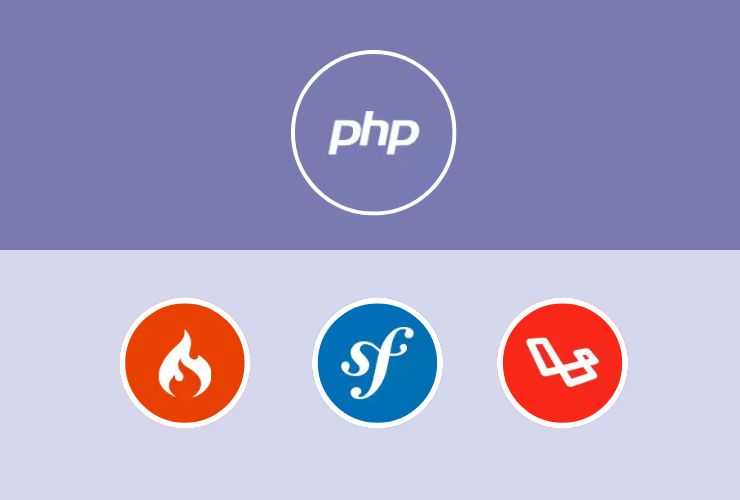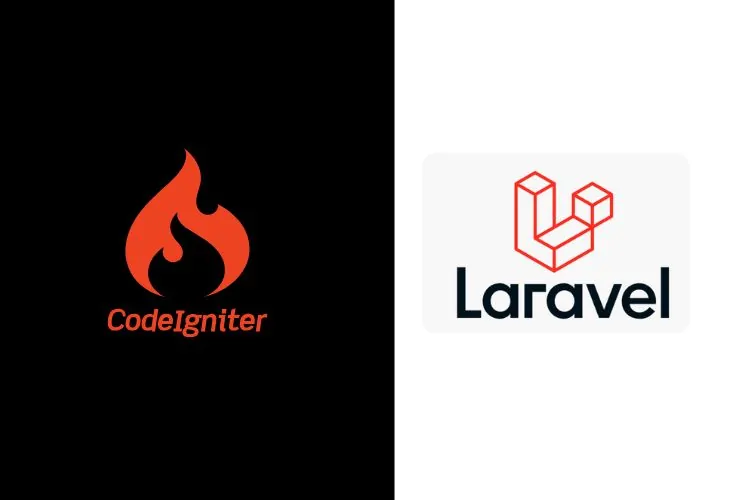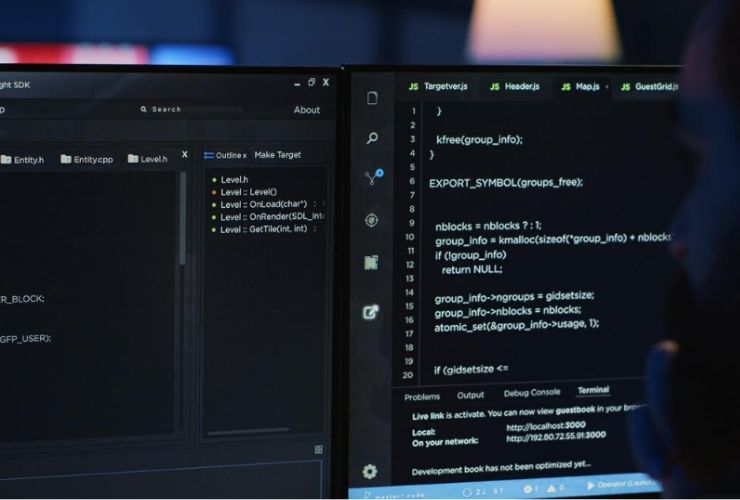Laravel offers an enormous collection of pre-defined validation rules, which can support a vast number of common data validation use cases. However, there are situations where the pre-defined rules are not enough, especially for more complex or application-specific validation needs. In such situations, custom validation rules should be defined. By extending on the Validator class, you can implement your own reusable validation rules that are shared among various components of your application so you can have greater control and flexibility with your validation rules.
In this tutorial, we’ll walk you through extending Laravel’s Validator class and adding custom validation rules. These rules will allow you to make your validation rules suitable for your application’s specific needs without making your code reusable, cluttered, or hard to maintain.
Why Extend the Validator Class?
Laravel provides a high-quality, built-in validation system with the ability to perform many of the most common scenarios. But there are times when the standard rules just won’t cut it. That is when the Validator class is customized. With custom validation rules, you can ensure that your application’s validation system gets exactly what it needs, however idiosyncratic.
Main Advantages of Custom Validation Rules:
Reusability: Custom rules, once set up, can be reused throughout your application in different forms, models, and controllers so you don’t need to do the same thing using duplicate code.
Flexibility: Custom validation rules give you the power to use complex business rules and validation rules which Laravel’s default rules can’t support.
Maintainable Code: By dividing the validation logic into custom rules, you have your code neat and don’t keep your controllers and form requests messy.
Better User Experience: You can create exact and descriptive error messages using custom validation that will give users a more effective form of feedback and improve their interaction with your system.
Step 1: Defining the Custom Validation Rule
Defining a custom validation rule in Laravel is easy. You register the custom rule first, and this is usually done inside a service provider for maintainability and organization purposes. This will allow you to decouple your validation logic from the rest of your application, e.g., controllers and form requests.
Registering the Rule: Create a Service Provider (Optional but Recommended): Laravel enables you to create a standalone service provider to house custom validation rules. This approach keeps your application modularized and custom rules defined only once, leading to enhanced maintainability.
Add the Custom Validation Rule: After you have established the service provider, you can add your custom rule within its boot() method. The Validator::extend() method is employed to establish the custom rule so that you can define the validation logic. For instance, when you are attempting to verify if a provided number is even, the logic would be contained within this custom rule.
Register the Service Provider: Don’t forget to register your service provider in the config/app.php file. This makes the custom rule globally accessible in your application.
Your custom validation rule is now ready to be used wherever necessary.
Step 2: Using the Custom Validation Rule
Once you have defined and registered your custom validation rule, using it is as easy as a piece of cake. Laravel supports applying the custom rule in form requests or controllers so that it’s easy to include in your existing validation pipeline.
1. Usage of the Rule with Form Requests:
If you are doing Form Request Validation in Laravel, you could call the custom validation rule in your rules() method of form request class. It keeps validation code clean and reusable in single form request classes.
2. Usage of the Rule within Controllers:
Alternatively, you can use the custom validation rule within your controller actions by directly invoking the validate() method against the request object. Using this way, you are able to quickly validate data without having to implement a particular form request class.
Step 3: Customizing Error Messages
One benefit of Laravel’s dynamic validation process is the possibility for error message customizing. Though the error messages provided are helpful, in general, you need to supply more information or finer-grained feedback to your users, particularly if they have failed to fulfill a custom validation condition.
1. Customizing Messages in Form Requests:
In your form request class, you can override the messages() method to provide custom error messages for your own validation rules. This way, you can make sure that users get relevant and specific messages if their input fails validation.
2. Customizing Messages in Controllers
If you’re using validation in a controller, you can supply custom error messages as the second argument to validate(). This enables you to provide more descriptive feedback directly within the controller.
Step 4: Custom Validation Logic with Advanced Complexity
In certain instances, your own validation rules may need more logic, e.g., accepting parameters or more sophisticated conditions. Laravel offers the ability to create complex custom validation rules that suit your specific needs.
Example: Custom Rule with Parameters
There are also situations when you wish to define a custom rule that accepts parameters. For example, you might want to check whether a number is divisible by a divisor that you supply. Laravel facilitates this for you by enabling you to pass parameters to the custom rule so that your validation becomes more dynamic and flexible for different applications.
By parameterizing rules, you can make your custom validation logic reusable and flexible across many contexts.
Step 5: Custom Rule Organization
As your application becomes larger, you’ll need to handle lots of custom validation rules. You should keep your validation logic in an organized form to obtain a clean, readable codebase. Laravel has methods for using custom rule class-specific validation to simplify working with complex validation logic.
1. Collaboration with Rule Classes:
Rather than inserting custom rules directly as-is within the service provider, you can implement each custom validation rule in a custom class. Laravel offers an Artisan command for creating a new rule class that you can use to wrap up the validation logic.
Applying rule classes offers the following benefits:
- Separation of Concerns: All the custom rules are in distinct classes, hence your code is more modular.
- Simpler Testing: Validation rule testing is simpler when they are on their own classes.
- Better Maintainability: More app size would mean that with rules in their own classes, your codebase is more maintainable.
In using a custom rule class for applying, you would just instantiate the rule class and pass it on to the validation. That keeps all this neatly organized and testable.
Conclusion
Creating custom validation rules in Laravel by extending the Validator class provides you with immense flexibility and the capability to implement some business logic while writing clean, reusable code. From basic validation rules like whether a number is even or odd, to more sophisticated logic like whether a number can be divided by some given divisor, Laravel’s custom validation system is strong enough to bear whatever you require.
By following the steps in this instruction, you can:
- Create re-usable custom validation rules and apply them in various parts of your application.
- Organize your custom validation rules, streamlining your codebase by avoiding repetition and duplication.
- Provide meaningful error messages to users, making your application more user-friendly and letting them know why their input was rejected.
- Handle complex validation scenarios beyond the capabilities of the default Laravel rules.
Custom validation rules not only enable you to enforce necessary business logic but also improve your application’s security and usability. The flexible validation mechanism of Laravel enables you to augment its capability according to your need to satisfy any special requirement your application may possess.














